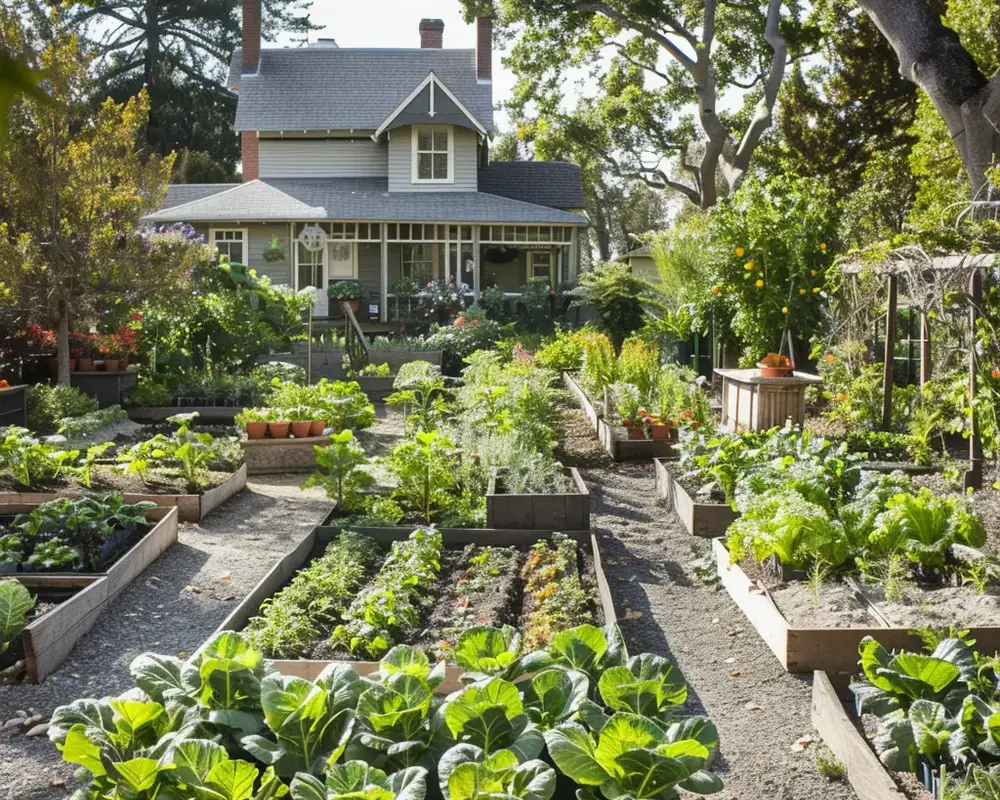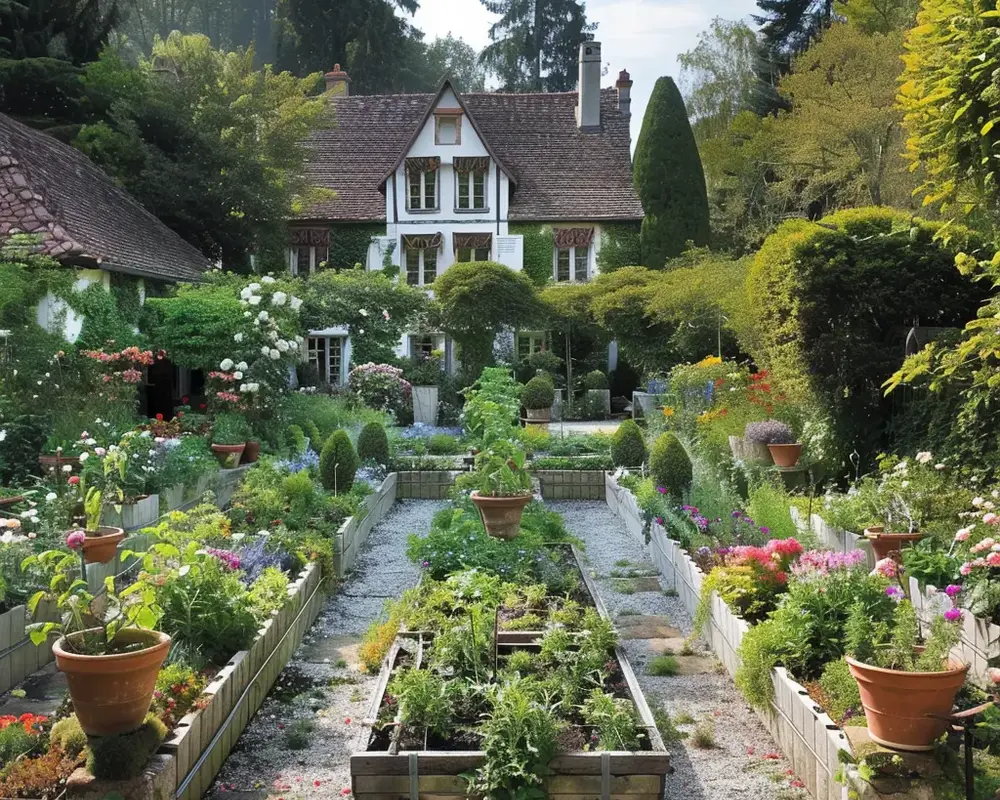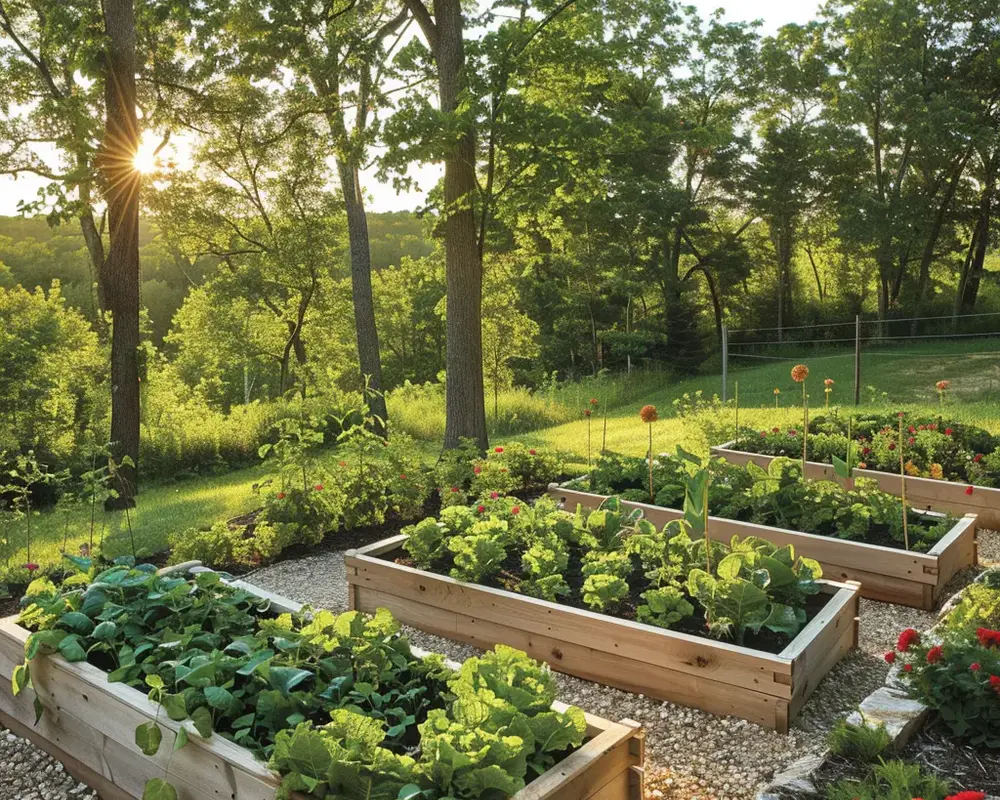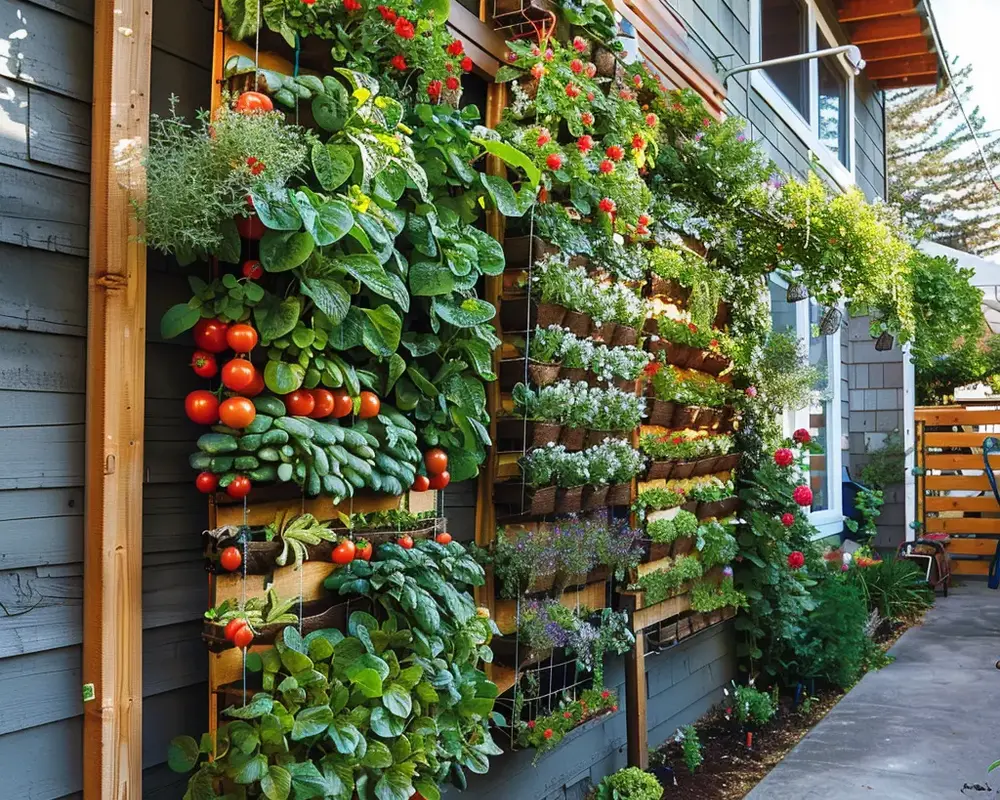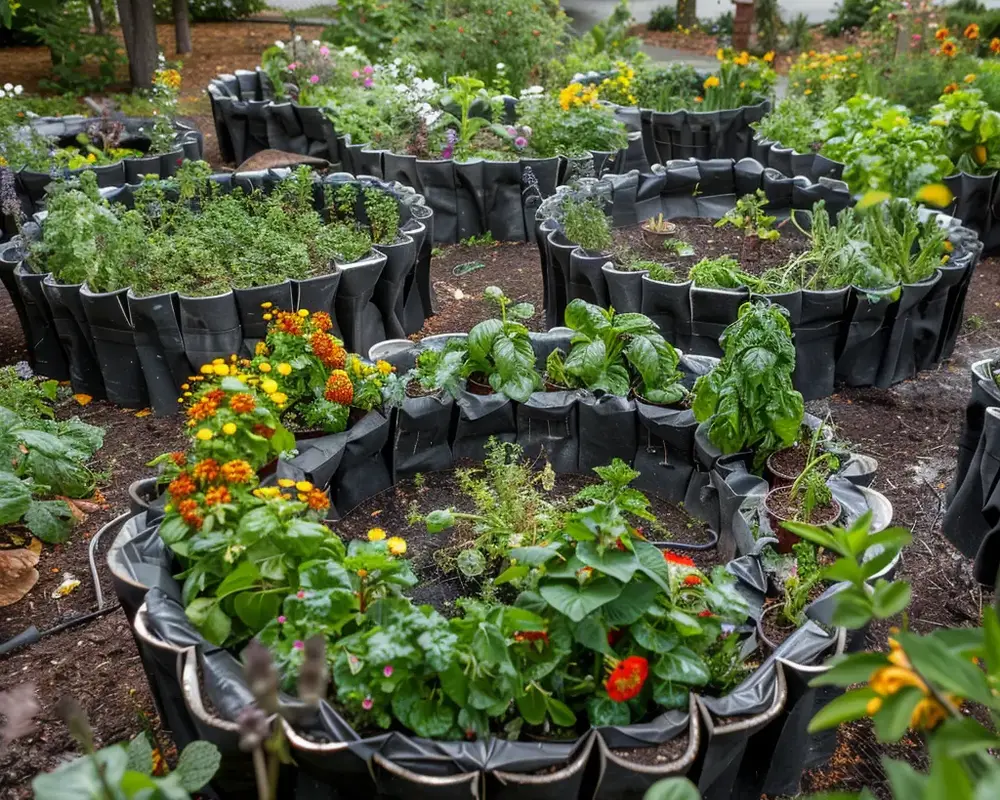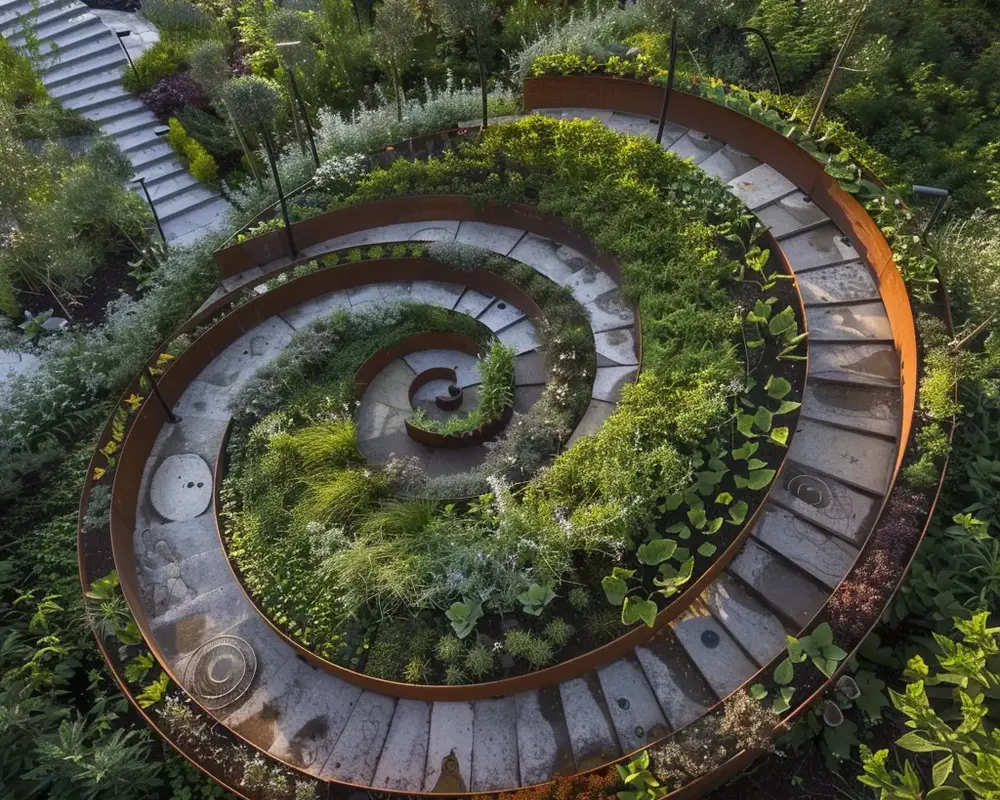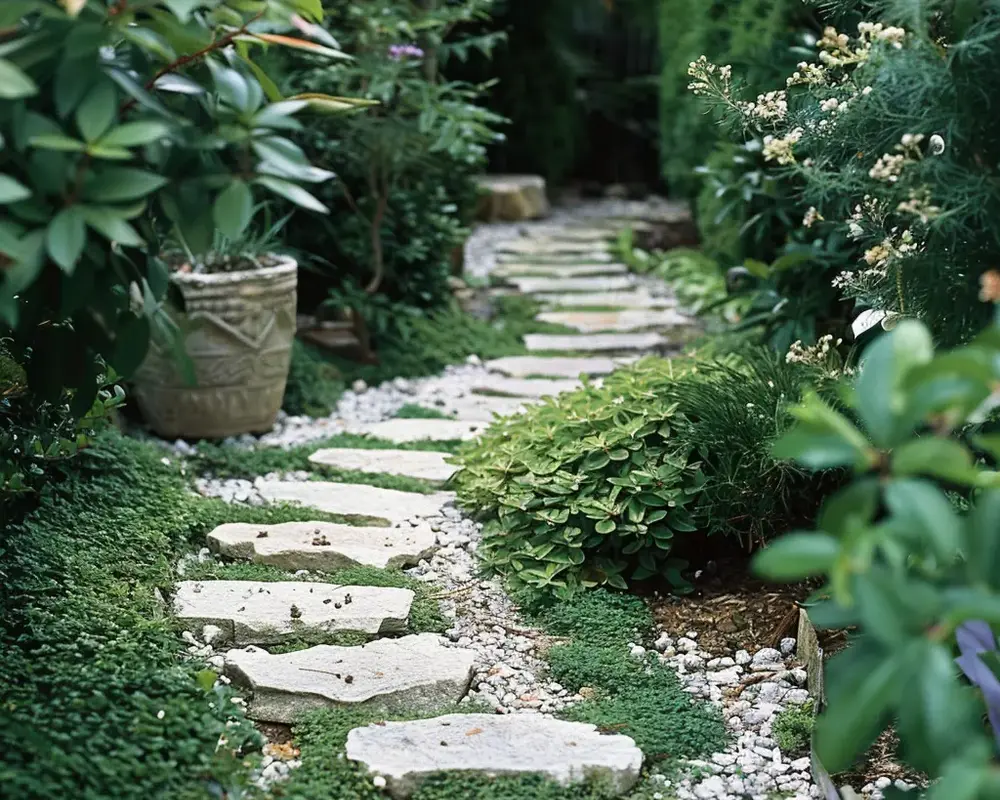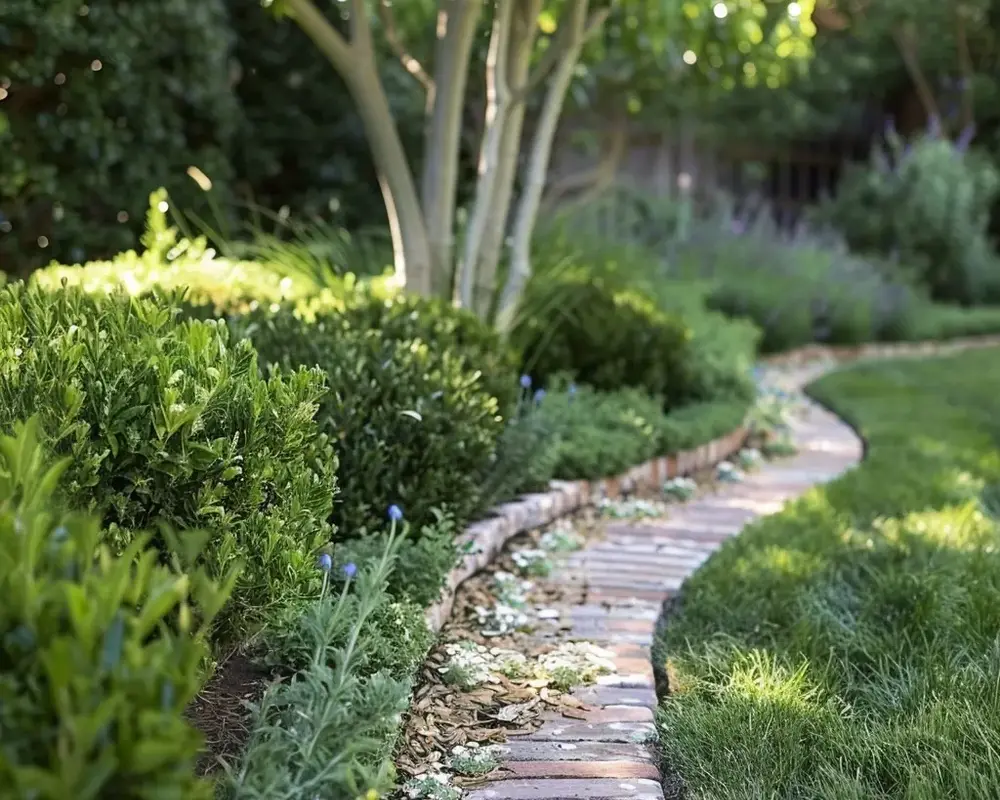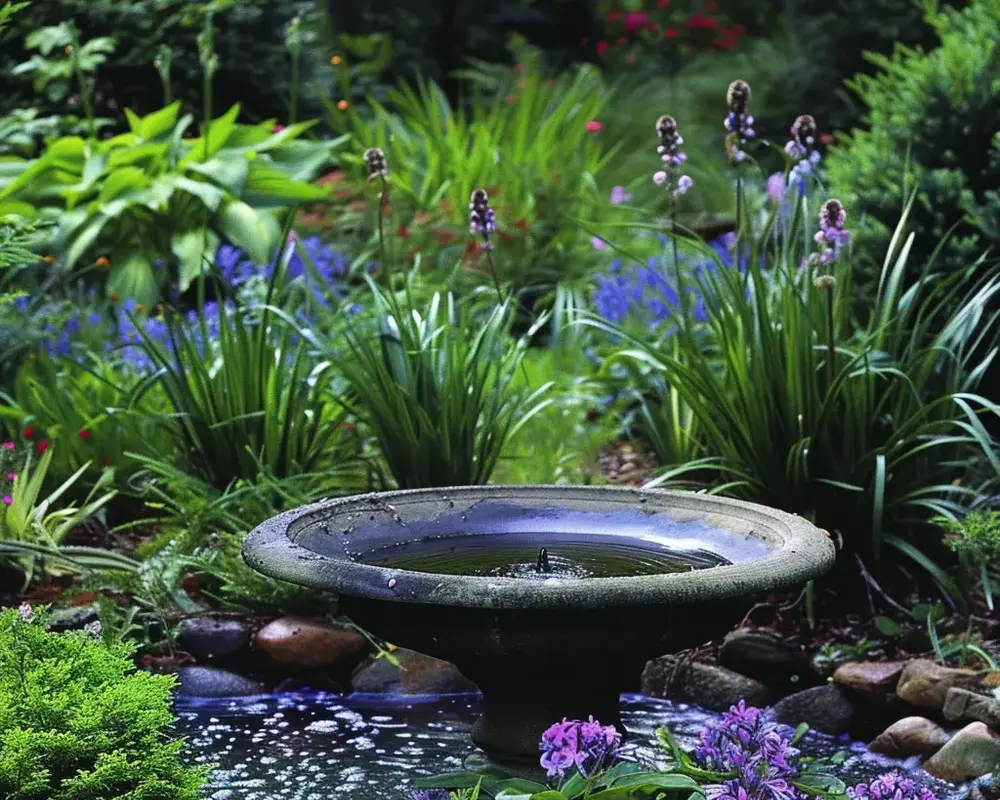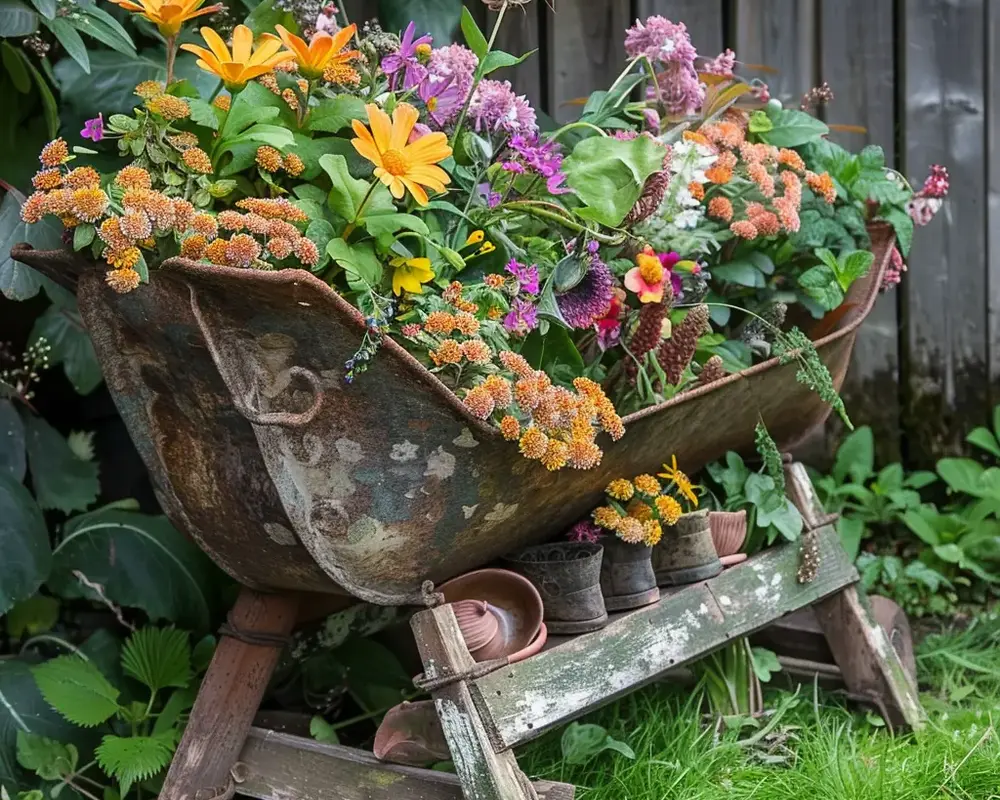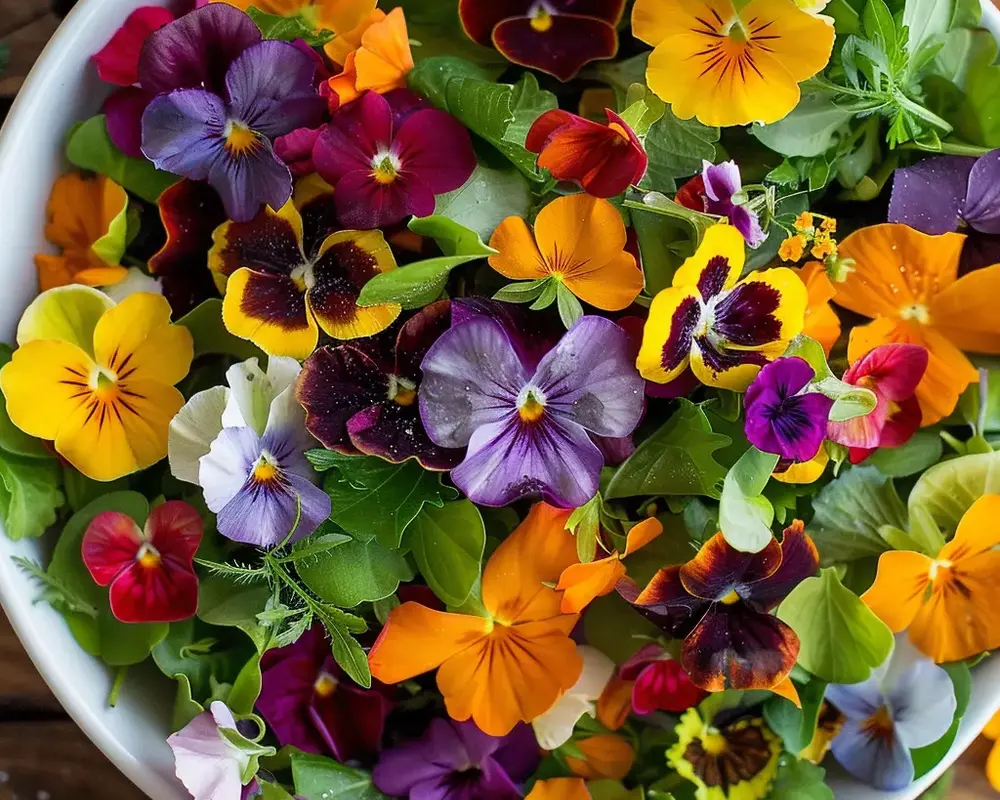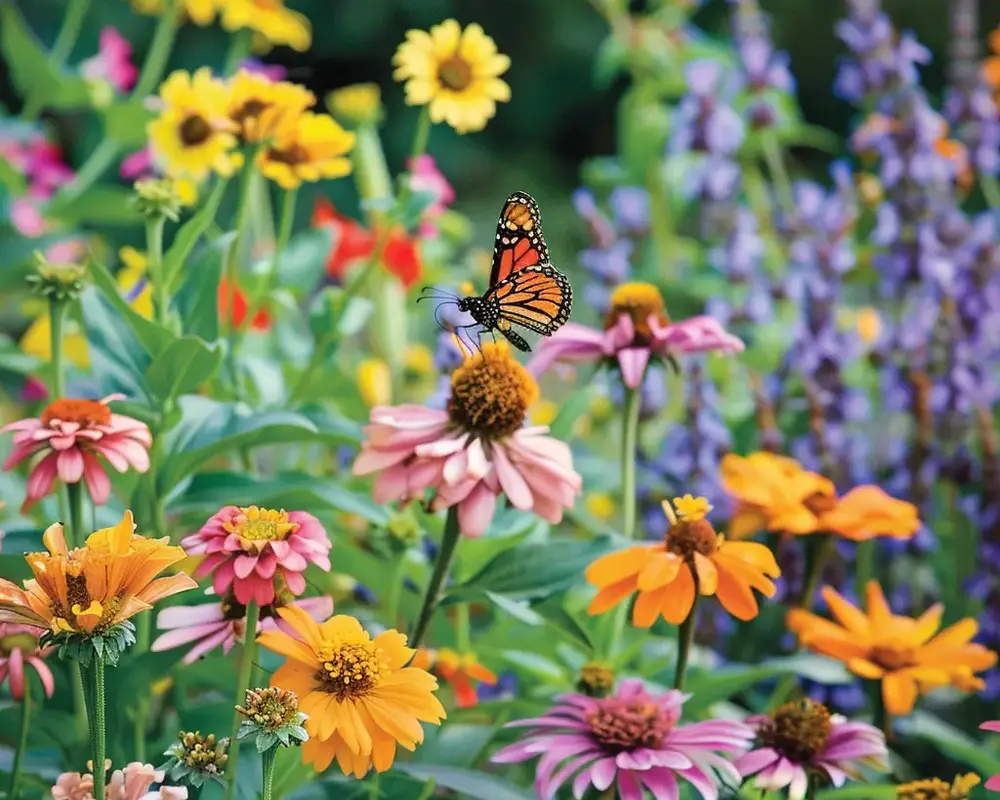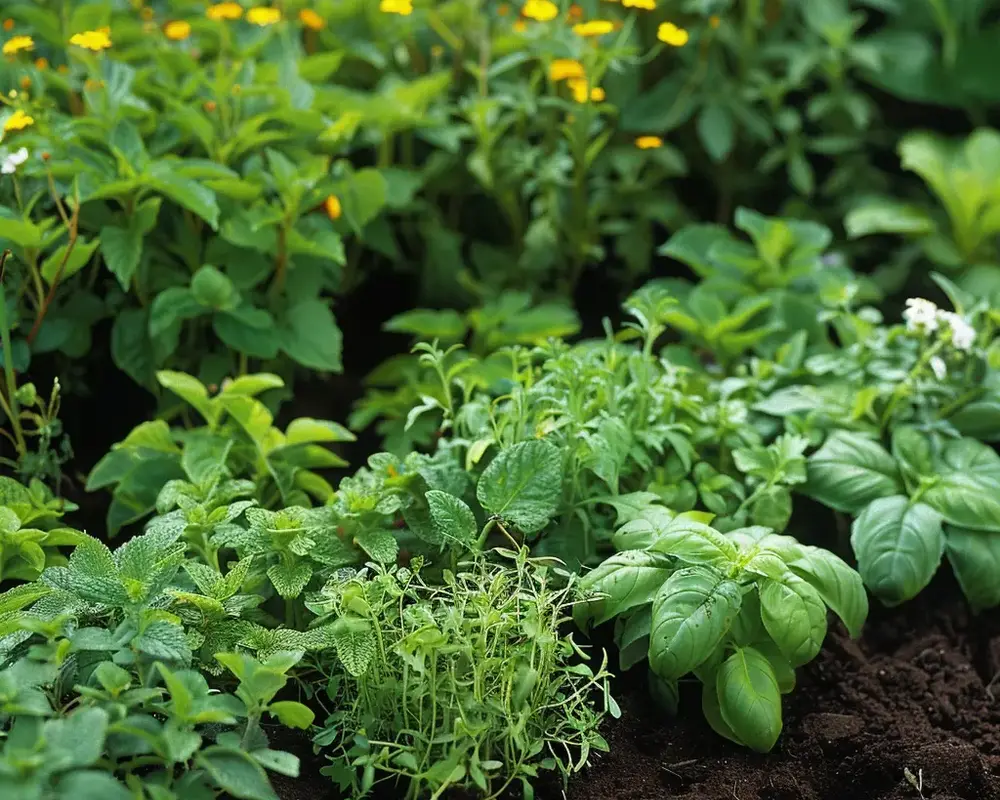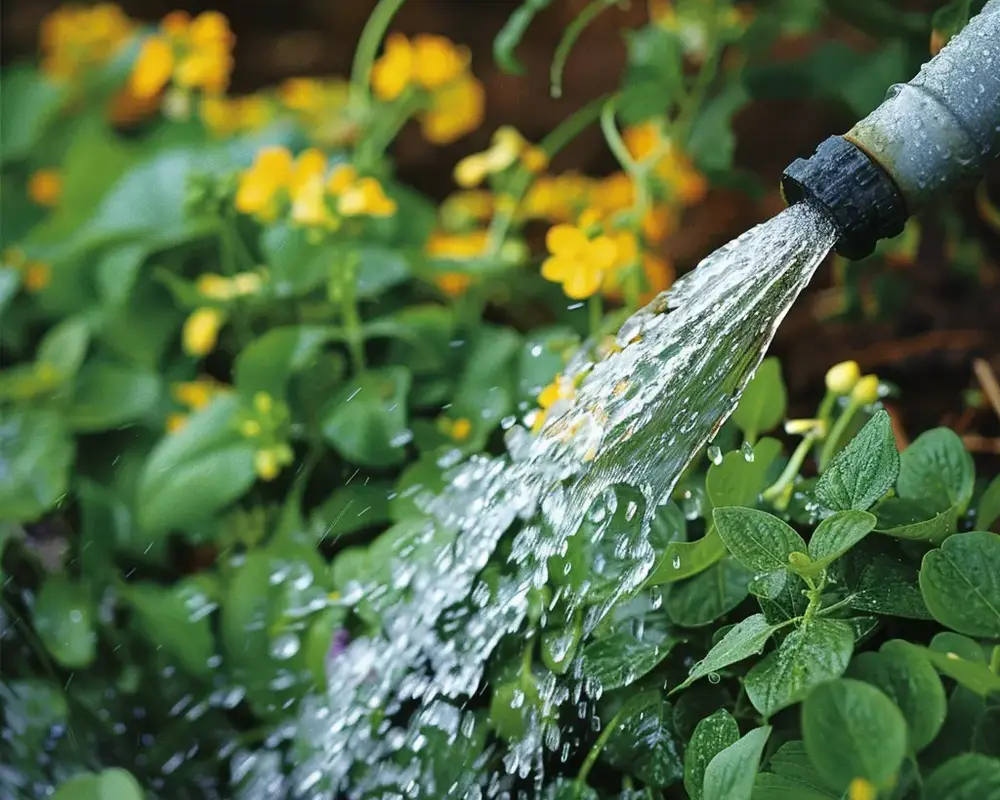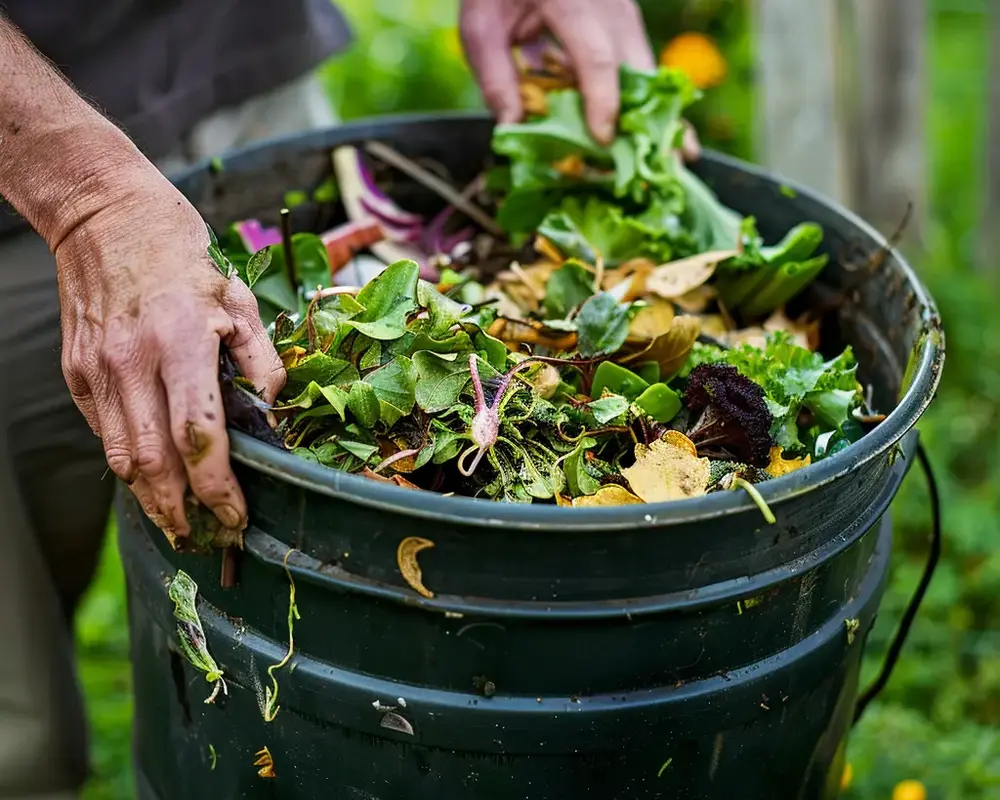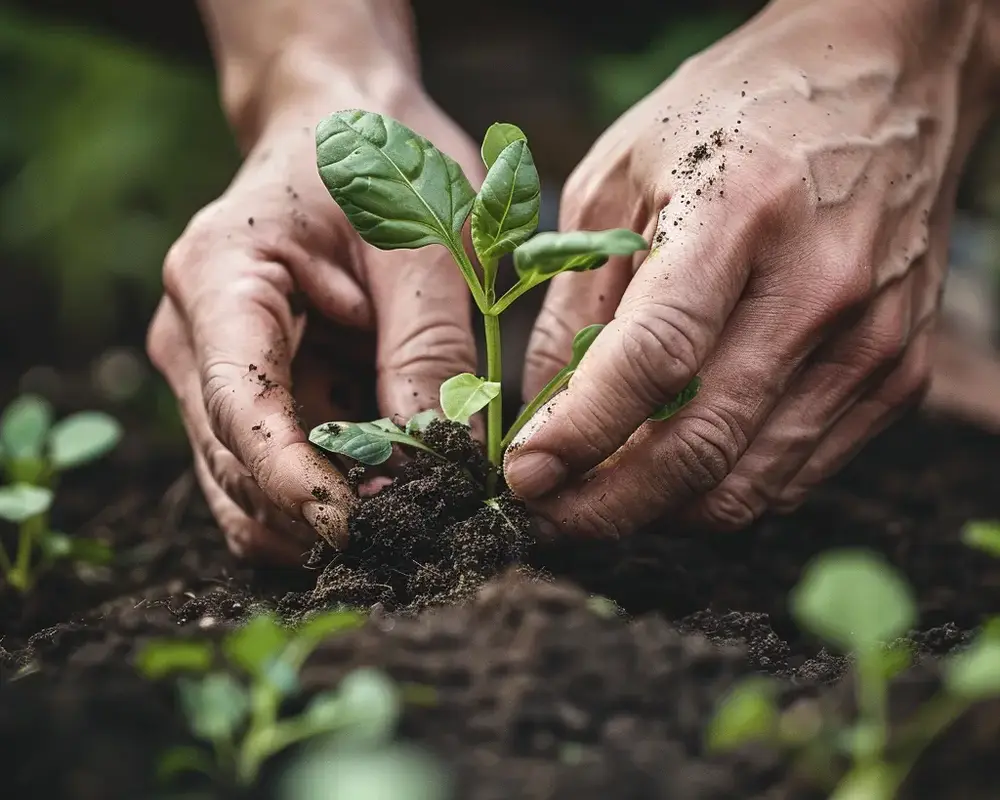Hey there, fellow green thumbs (or those aspiring to be)! Have you noticed the vegetable gardening craze taking over? It’s not just about the freshest tomatoes and crisp cucumbers anymore. It’s about connecting with nature, embracing sustainability, and—let’s be honest—having a gorgeous backyard that’s the envy of the neighborhood.
Garden design is where your personality and that delicious homegrown produce truly intersect. Are you ready to dive in? Let’s transform that patch of dirt into an edible oasis!
Planning Your Dream Veggie Patch
1. Know Your Space:
Before you even grab a shovel, take a good look around. How much sun does your yard get? Is the soil sandy, clay-like, or somewhere in between? And let’s not forget size – are we talking a sprawling estate or a cozy balcony? The answers to these questions will guide your entire garden design.
Pro Tip: Grab a soil test kit like the Luster Leaf 1601 Rapitest Test Kit from Amazon if you are unsure about your soil. This easy-to-use kit will give you the lowdown on pH, nitrogen, phosphorus, and potassium levels so you know exactly what your plants need.
2. Choose Your Style:
Vegetable gardens don’t have to be boring rows of green. Do you dream of a formal English garden with perfectly manicured hedges? Or a whimsical cottage garden overflowing with colorful blooms and herbs? You can even channel the Mediterranean with terracotta pots and drought-tolerant plants. Let your imagination run wild!
3. Companion Planting:
Did you know some plants help each other grow? It’s true! Companion planting involves strategically pairing vegetables, herbs, and flowers to deter pests, attract beneficial insects, and even improve flavor. For example, planting marigolds near your tomatoes can help ward off nematodes.
Must-Have: If you’re new to companion planting, grab a copy of Carrots Love Tomatoes: Secrets of Companion Planting for Successful Gardening from Amazon. It’s a fantastic resource with tips and tricks to maximize your harvest.
Get Creative with Your Layout
4. Raised Beds:
Raised beds are a game-changer, especially if you have poor soil or limited space. They’re easier on your back, warm up faster in the spring, and provide better drainage. You can build them from wood, stone, or even metal.
Amazon Find: If you’re short on time or DIY skills, consider a raised garden bed kit like the Vego Garden 4ft x 8ft Raised Garden Bed. It’s super easy to assemble and has everything you need to start.
5. Vertical Gardening:
Tiny backyard? No problem! Vertical gardening is your space-saving superhero. Think trellises for climbing beans and cucumbers, wall-mounted planters for herbs, or even hanging baskets overflowing with strawberries.
Perfect for Small Spaces: The Mkono 5-Tier Macrame Plant Hanger is a stylish and functional way to display your cascading plants indoors or outdoors.
6. Keyhole Gardens:
Keyhole gardens are like a hug for your plants. They’re designed with a central compost basket that provides continuous nutrients and moisture, making them super efficient, especially in dry climates.
DIY Project: You can easily build a keyhole garden using bricks, stones, or recycled materials. Check out online tutorials for inspiration!
7. Spiral Gardens:
If you love herbs or want a statement piece in your garden, spiral gardens are the way to go. They’re visually stunning and offer different microclimates for various plants.
Starter Kit: The Back to the Roots Organic Herb Garden Kit is a fun and easy way to grow your culinary herbs in a spiral design.
8. Square Foot Gardening:
Square foot gardening is all about organization and maximizing space. You divide your garden into one-foot squares and plant a specific number of each vegetable per square. It’s an excellent method for beginners and anyone with limited space.
Essential Tool: The Ohuhu Garden Square Foot Gardening Template Tool makes it a breeze to lay out your squares and plan your plantings.
Dress It Up!
Now that you’ve got the basics down let’s add some personality and flair to your veggie patch.
9. Paths and Walkways:
Paths and walkways create a welcoming and functional space. They make it easier to navigate your garden and add visual interest. Consider stepping stones, gravel, or even mulch.
Upgrade Your Path: Add a touch of whimsy with the Glitzhome Solar Powered Garden Stake Lights. They’ll illuminate your path at night and create a magical ambiance.
10. Garden Edging:
Edging defines your garden beds and keeps things tidy. You can use bricks, stones, wood, or living plants like boxwood or lavender.
Classic Look: Pure Garden Bricks are a timeless and versatile option for edging. You can arrange them in a straight line, a curve, or a spiral.
11. Focal Points:
Every garden needs a focal point to draw the eye and create a sense of balance. This could be a sculpture, a birdbath, a decorative container, or even a unique plant.
Add Some Whimsy: The Alpine Corporation Bird Bath is a charming addition that will attract feathered friends to your garden.
12. Water Features:
The sound of trickling water can transform your garden into a tranquil retreat. Consider a small fountain, a birdbath with a bubbler, or even a tiny pond.
Create a Zen Zone: The Sunnydaze Outdoor Water Fountain is a beautiful and relaxing addition to any garden.
13. Upcycled Decor:
Don’t throw away that old wheelbarrow or ladder! Get creative and repurpose them as planters. You can even use old boots, teacups, or other quirky containers to add a touch of personality.
Rustic Charm: The VIVOHOME Antique Metal Garden Wheelbarrow Planter is a stylish and functional way to display your favorite flowers or herbs.
Playing Favorites: Picking Your Plant Pals
14. Edible Flowers:
Who says flowers are just for show? Edible blooms like nasturtiums, calendulas, and pansies add color to your garden and pack a flavorful punch in salads and desserts. Talk about a feast for the eyes and the taste buds!
Amazon Pick: The Botanical Interests Edible Flowers Mix is a great way to get started with these delightful additions.
15. Variety is Key:
Don’t put all your eggs (or vegetables) in one basket! Planting a variety of vegetables ensures a continuous harvest throughout the season. Plus, it keeps things interesting visually—who wants a monochromatic garden when you can have a rainbow of colors and textures?
Grow Your Own Salad: The Ferry-Morse Vegetable & Herb Seed Variety Pack offers a fantastic mix of lettuces, radishes, carrots, and more for a bountiful harvest.
16. Pollinator-Friendly Plants:
Let’s hear it for the bees and butterflies! These little guys are essential for pollination, which is how your plants produce those juicy fruits and veggies. Invite them to your garden party by planting pollinator-friendly flowers like zinnias, coneflowers, and lavender.
Bee Happy: The Eden Brothers Wildflower Seed Mix is designed to attract various pollinators, creating a buzzing ecosystem in your backyard.
17. Herbs and Vegetables:
Choosing the right plants for your climate and soil is crucial for a successful harvest. Do some research to find out which vegetables thrive in your area. And don’t forget about herbs! They’re not only delicious but also have excellent medicinal properties.
Local Favorites: Head to your local nursery or farmer’s market to discover the best varieties for your region.
Keeping Your Garden Happy and Healthy
18. Watering Techniques:
Watering is essential, but overwatering can be just as detrimental. Drip irrigation and soaker hoses are efficient ways to deliver water directly to your plants’ roots. If you prefer hand-watering, do it early in the morning or late in the evening to minimize evaporation.
Water Wise: The Rain Bird Drip Irrigation Kit is an easy-to-install system that will save you time and water.
19. Composting:
Composting is like giving your plants a gourmet meal. It’s a natural way to recycle kitchen scraps and yard waste into nutrient-rich fertilizer for your garden. You can buy a compost bin or build your own.
Compost with Ease: The FCMP Outdoor Tumbling Composter makes composting a breeze. It’s easy to turn and keeps pests out.
20. Organic Pest Control:
Say goodbye to nasty chemicals! There are plenty of natural ways to keep pests at bay. Encourage beneficial insects like ladybugs and lacewings, use homemade sprays with ingredients like garlic and neem oil, or try companion planting to deter unwanted visitors.
Natural Protection: The Monterey LG6135 Garden Insect Spray is an organic solution that effectively controls various pests.
21. Seasonal Care:
Your garden needs different types of care throughout the year. In the spring, you’ll be planting seeds and seedlings. Summer is all about watering, weeding, and harvesting. Fall is the time for cleanup and preparing for winter. And in the winter, you can dream of next year’s garden while enjoying the fruits (and veggies).
Garden Planner: A garden planner like the Bloom Daily Planners Garden Planner can help you stay organized and on top of your garden tasks throughout the year.
Final Thoughts: You Did It!
Remember, there’s no right or wrong way to design a vegetable garden. It’s a reflection of your personality, your preferences, and your love for fresh, homegrown food. So experiment, have fun, and don’t be afraid to get your hands dirty!
Gardening is a journey, not just a destination. Embrace the challenges, celebrate the successes, and, most importantly, savor the delicious rewards of growing your own food. Now, get out there and start creating your backyard oasis!

